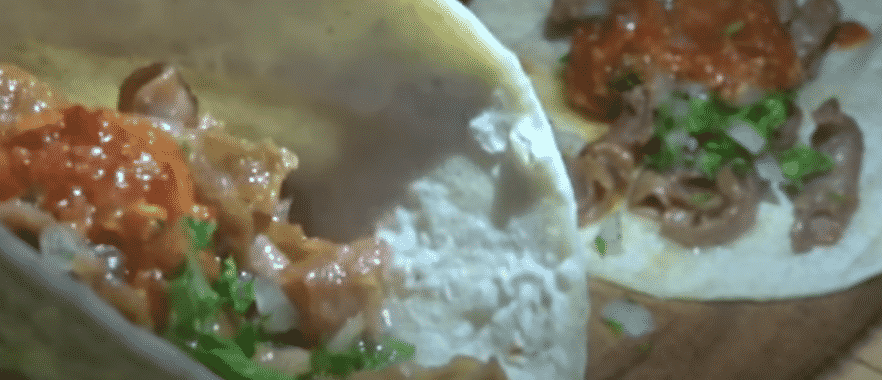
Tripas
Visually tripas are honeycomb-patterned towels/blankets. But in reality, tripas are the stomachs of cows, goats, lamb, sheep, and pigs.
The most commonly used tripe is beef-tripe. A cow’s stomach is divided into three portions, and each part is classified as a different beef-tripe. The different beef-tripe types are blanket, honeycomb, and book tripe.
Tripe is a word-wide dish found in Latin American, North American, European, Arabian, and Asian cuisines. Aside from traditional recipes, tripe – is now used – to make diet-oriented dishes. Diet fanatics love tripe because it’s a healthy, carbohydrates-free ingredient rich in Vitamin B-12, calcium, and zinc.
How To Clean Your Tripas Properly For Cooking?
Fresh newly-slaughtered cows have a yellowish, slightly greenish tripas with bits of undigested food smeared on its surface. But then why does store-bought tripe have a pale white colour?
Tripas, when trimmed, cleaned, and packaged for immediate consumption, are called “dressed” tripas. Store-bought tripas are called “dressed” tripas. Companies that make store-bought tripas use chlorine to clean their products. A dressed tripe that has-been cleaned with chlorine losses its yellow colour to leave a pale white colour.
Since there are two versions, yellow tripe and store-bought bleached tripe, we’ll tell you how to clean both types.
Cleaning unbleached, yellow-coloured tripe
Fresh tripe has undigested food smeared upon its surface and unnecessary parts like fat and connective tissue attached to it as well. Both of them are things that need to be cleaned and removed before the tripe is deemed safe for cooking.
Follow these steps to clean a freshly harvested tripe:
- Give the cow stomach a rough wash to clean the undigested food residue.
- Cut the first three chambers of your cow’s stomach into a blanket, honeycomb, and book tripe.
- Take a knife and start trimming excess fat and connective tissue from your tripe. Remove the parts that you don’t like, and keep the parts that you think are palatable enough.
- Take a fist full of rock salt and rub it on your trimmed tripe. Message it thoroughly to make sure every single nook and cranny is coated in rock salt.
- Rinse the rock salt covered tripe using a bottle of vinegar. Repeat the process of messaging your tripe with rock salt and rinsing with vinegar until the tripe is completely clean. Use a toothbrush to clean hard-to-remove stains from your tripe.
- Place the tripe inside a pot filled with heavily salted water. Boil the tripe for ten minutes, then wash it thoroughly with cold water.
Cleaning a bleached store-bought tripe
A bleached store-bought tripe is cleaned, trimmed, and ready to use. But before using the tripe, you’ll have to remove a single thing – a strong chlorine flavour imparted by the bleaching process.
Follow these steps to clean a bleached store-bought tripe:
- There’s no way other than washing your tripe with water to remove the chlorine flavour. Wash the tripe multiple times to remove as much chlorine as possible.
- Place the tripe inside a pot filled with heavily salted water. Boil the tripe for ten minutes, then wash it thoroughly with cold water.